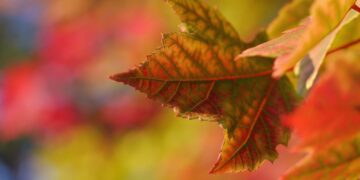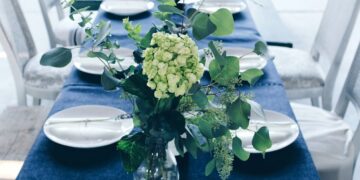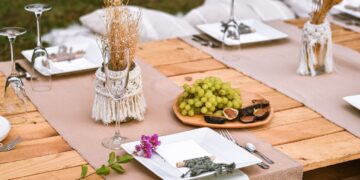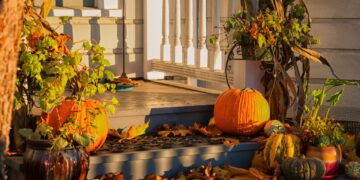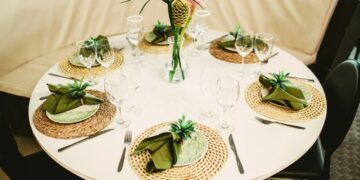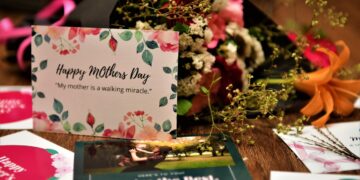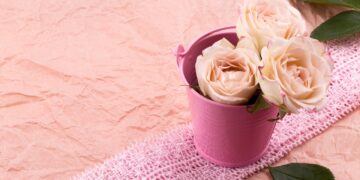You don’t have to live next door to a flower farm or own acres of land in the middle of nowhere to grow your own flowers. You just have to be strategic about what you choose and how you arrange things. That’s why we’re here. We’ve put together this list of easy-to-grow, beginner-level flowers that are also great for using in arrangements and bouquets. After all, even if you don’t want cut flowers for yourself, it’s always nice to give a fresh bunch to someone else!
blushing bride protea
Blushing bride Protea is a genus of flowering plants in the family Proteaceae. They are native to South Africa but have been introduced to other countries such as Spain and Israel. The genus name comes from the Greek proteios (πρωτεύς), meaning “first”, and was coined by Carl Linnaeus in 1753. Proteas are evergreen shrubs or small trees, growing 1–6 m (3–20 ft) tall. They have thick, leathery leaves that may be either entire or toothed at the margin, depending on the species.
The flowers of most species are brightly colored; they vary in size according to their habitat and can be as small as 2 cm (0.8 inches) across or up to 12 cm (5 inches). The flowers open during morning hours and remain open until late afternoon before closing again overnight.[1]
celosia
Celosia is a flower that’s been around for a long time and it’s still popular. It makes great garden plants, but it’s also very useful in arrangements.
Celosia has so many names: cockscomb, floss flower, feather flower, and plume poppy (to name a few). Whatever you call it, celosia is an underused summertime staple that looks great in bouquets and can be used to fill out vases.
Chinese lanterns
Chinese lantern (Epipremnum aureum) is a good choice if you need something that’s easy to grow and will tolerate a wide range of conditions. This plant can be grown indoors or outdoors, in containers or hanging baskets. It doesn’t have any special care requirements and produces small clusters of orange-yellow flowers throughout the year.
Think about where you want to put your arrangement when choosing flowers with color variations. If it’s going on your desk at work, then fragrant foliage like silver dust dracaena (Dracaena marginata) may be best for its longevity—but if it’s for home decorating purposes, consider using blooms that are more eye-catching than subtlety sweet like anthuriums or hydrangeas.
nigella
Nigella (Nigella damascena) is a hardy annual that blooms in late summer and fall. It’s easy to grow, but you’ll want to plant it early in the spring. Nigella makes a wonderful cut flower for arrangements, doesn’t need much care, and will grow well in containers on your balcony or porch. When dried, nigella retains its shape nicely without losing its color—so it’s perfect for fall bouquets!
poppy flowers
Poppy flowers are one of the most popular flowers used in arrangements because they have such a wide variety of uses. They’re also known as poppy pods, and they can be used to make a powerful tea that’s great for treating insomnia and anxiety. Poppies are native to Europe and Asia, but they grow well in North America, too!
Poppies come in many colors—from red to orange to pink—and have large petals with interesting patterns on their undersides. When you look closely at these beautiful plants (also called Papaver rhoeas), you’ll notice that each stem has two types of leaves: one large leaf at the bottom with smaller leaflets branching off it like fingers; then another set higher up on each stem that looks like flat blades themselves. When mature poppies bloom during summertime, they produce bright yellow-orange flowers that stand out against dark green leaves and stems. After blooming poppies will die back over winter; however if you live in an area where temperatures stay above freezing year-round then there should be no need for concern when growing this perennial flower indoors or outside during warmer months since it will continue producing new blooms year after year until its first frosty death occurs naturally every fall/winter season–even though all other plants around it may have lost theirs already by then.”
roses
Roses are incredibly popular flowers to grow for arrangements because they’re so easy to grow and arrange. Roses also dry easily, which means that you can preserve them for later use as a fragrance or decoration. Rose petals can be made into jewelry, potpourri, or even tea!
If you want to learn more about roses and how to grow them at home, check out our article on the best rose varieties for growing in your yard.
Queen Annes lace
Queen Anne’s lace, also known as wild carrot or bird’s eye, is a classic choice for an arrangement. It has a long, thin flower that grows in a spiral shape and comes in various shades of white, purple, and pink.
Queen Anne’s lace is easy to grow from seed: simply scatter it on top of the soil before watering lightly. Once the seedlings have sprouted (in about two weeks), you can transplant them into individual pots or plant them directly into your garden. Growing indoors? Put your seeds inside at least six weeks before the last frost date so they have plenty of time to get big enough for arranging!
The flower blooms from early spring until late fall—and goes quickly once cut!
scabiosa
- Scabiosa is a hardy perennial that is effective in arrangements and bouquets.
- Scabiosa will grow well in your garden or flowerbed and may bloom several times throughout the growing season.
- It’s easy to grow scabiosa from seed, but you’ll need to plant the seeds indoors since they take up to three weeks to germinate.
sunflowers
Sunflowers are a great place to start. They grow quickly and easily, and you can use the seeds on their heads for an easy snack—or just hang them in your home to create a cheerful display of color. If you want to make fresh arrangements, sunflowers are also good because they don’t need any special care.
If you want to dry out your flowers for arrangements, sunflowers are also perfect: just cut off the top part of the flower head when it starts to fade and then let it sit out in a sunny spot for about 10 days before hanging up as decoration or making into dried flower jewelry or dried flower arrangements!
strawflower
Strawflower (Helichrysum bracteatum) is a perennial that produces small, daisy-like flowers that can be used to make dried arrangements. In the summer, strawflowers have a bright yellow color and grow in clusters on upright stems with leaves extending from the base of each stalk. Although they are easy to grow and look stunning in containers or hanging baskets, they are also good for growing in garden beds as long as you provide them with plenty of room to spread out and thrive.
There are lots of pretty flowers you can grow and arrange in your house
Flowers are a great way to add color to your home, and there are tons of different flowers you can grow in your own garden.
Conclusion
So, are you ready to try your hand at growing flowers? We hope these tips have become very useful for you. They’ve certainly encouraged us—we’re looking forward to getting our hands in the dirt and learning more about gardening! With any luck, we will be creating beautiful bouquets for all of our loved ones in no time.

